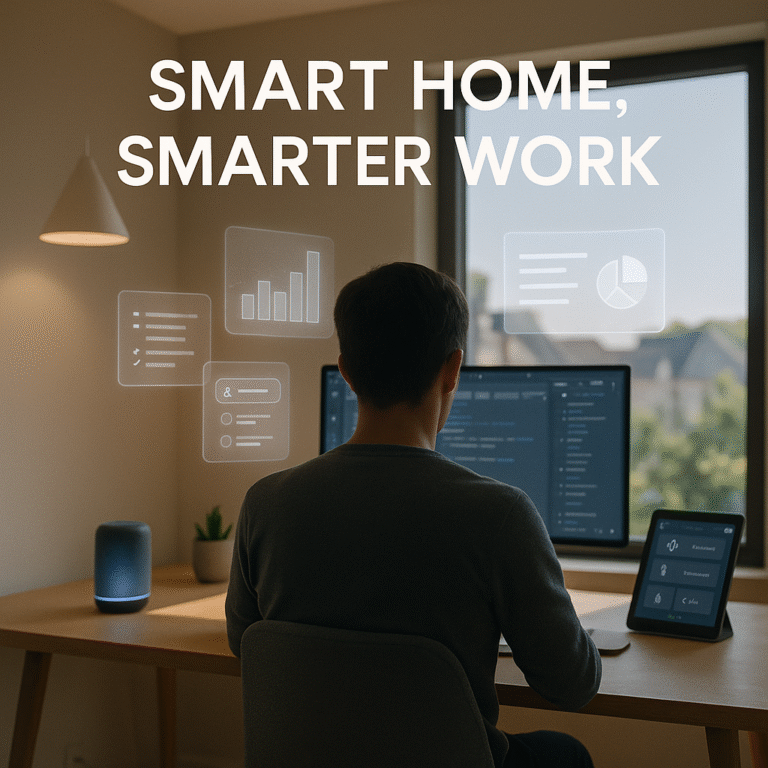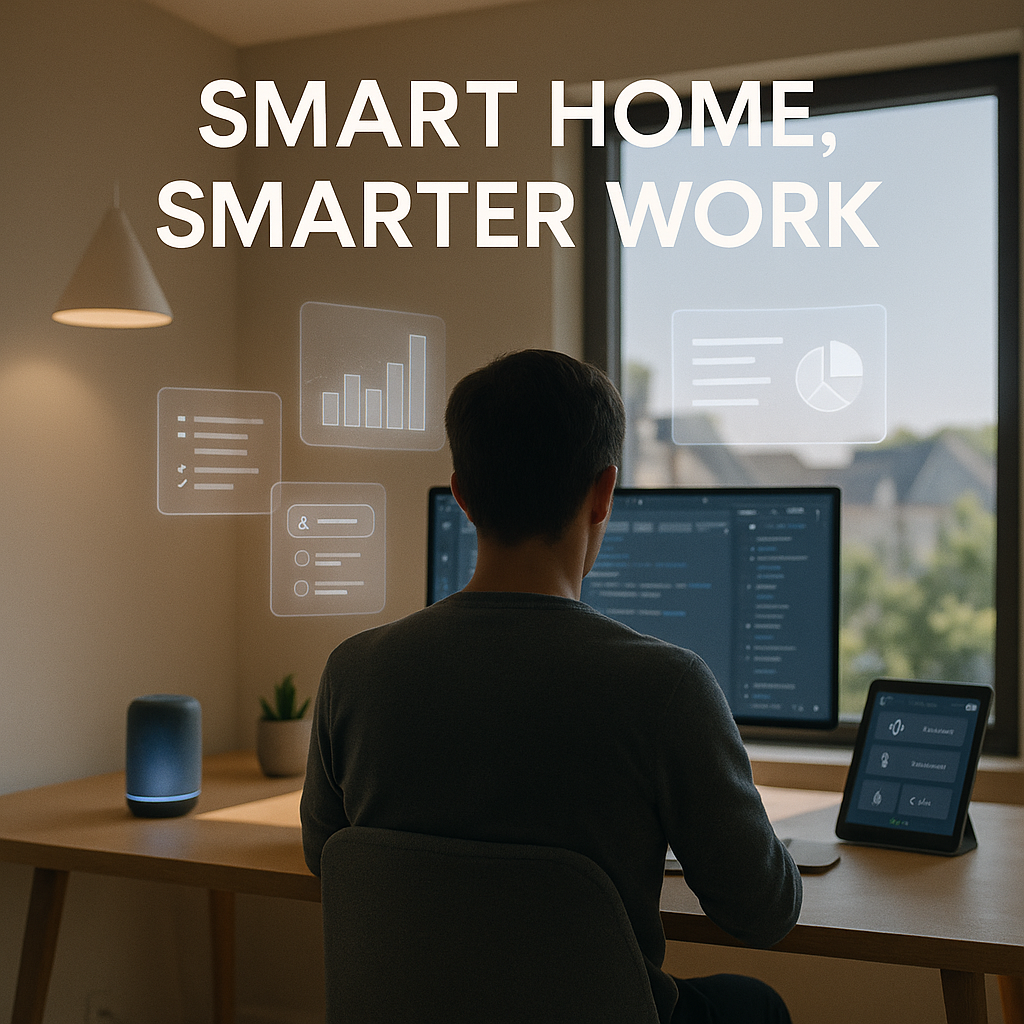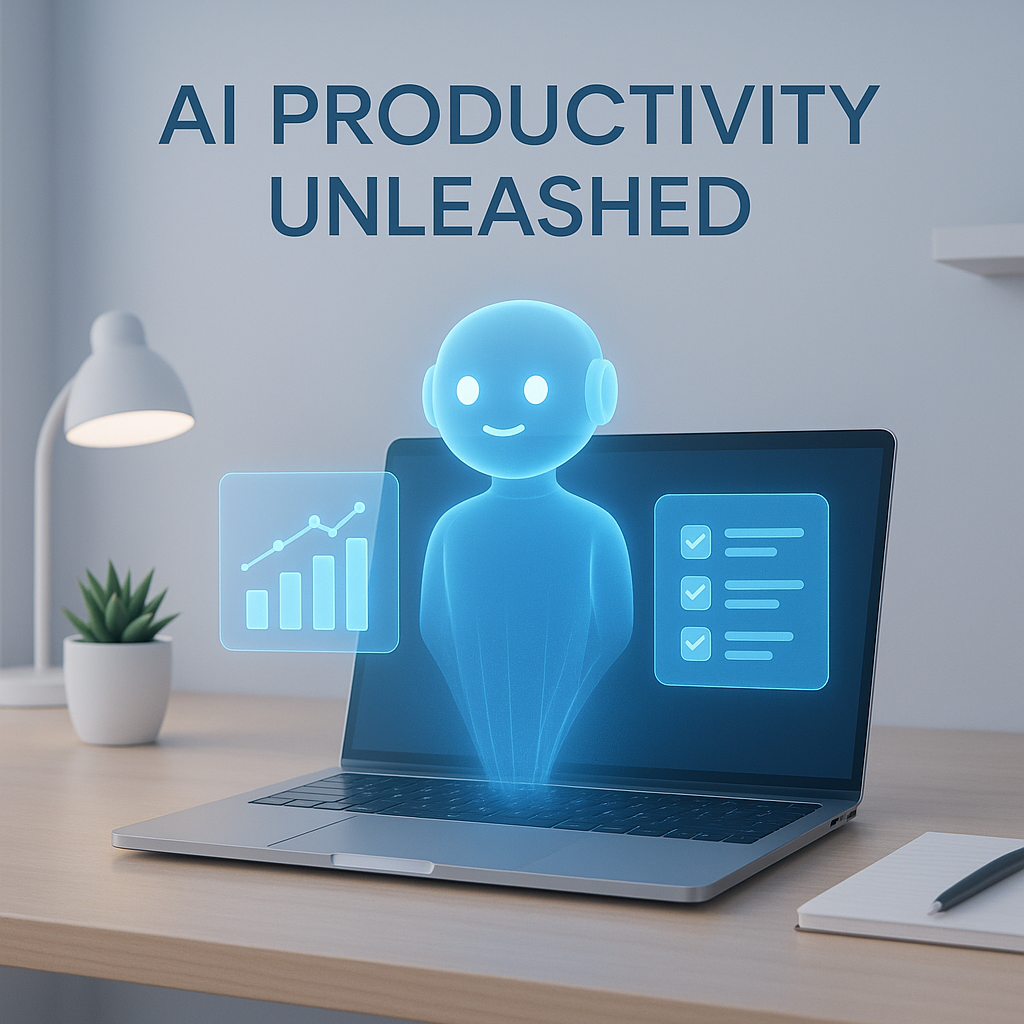# The Evolution of AI Tools: Transforming the Modern Home Office
The Rise of AI in Remote Work Environments
The integration of artificial intelligence into our daily work routines has fundamentally changed how we approach productivity, especially in home office settings. As more professionals transition to Work From Home arrangements, AI tools have become essential companions in navigating this new normal. These technological solutions are not just fancy additions but necessary components that help streamline workflows, automate repetitive tasks, and bring efficiency to remote work environments.
Recent statistics show that over 70% of workers who have adopted AI tools in their home office report significant improvements in productivity and job satisfaction. This shift represents more than just a technological advancement; it marks a cultural transformation in how we perceive and interact with our work spaces.
“AI doesn’t replace human intelligence; it amplifies it, especially in environments where distractions abound, like the home office,” notes Dr. Maria Chen, a workplace productivity researcher.

Essential AI Tools for the Modern Home Office
The market for AI tools designed specifically for Work From Home professionals has expanded dramatically in recent years. These tools fall into several key categories that address different aspects of remote work challenges:
1. **Communication and Collaboration AI**
Virtual meeting assistants now transcribe conversations, extract action items, and even suggest follow-up tasks. Products like Otter.ai and Fireflies.ai have become standard tools for many remote teams, eliminating the need to take notes during video conferences and ensuring that no important details are missed.
2. **Productivity and Focus Enhancement**
AI-powered apps like Focus@Will and Brain.fm analyze your working patterns and provide customized audio environments that help maintain concentration. These tools use algorithms to generate sound frequencies that minimize distractions common in home settings.
3. **Document Management and Content Creation**
AI writing assistants have advanced beyond simple grammar checking. Modern tools analyze tone, suggest improvements for clarity, and can even generate content based on simple prompts. This functionality is particularly valuable for professionals who need to produce large volumes of written material from their home office.
4. **Task Automation and Workflow Management**
Perhaps the most transformative category, these AI tools identify repetitive tasks in your workday and create automated workflows. From email sorting to calendar management, these systems learn your preferences over time and handle routine matters without human intervention.
How AI Business Applications Are Reshaping Remote Work
For small business owners and entrepreneurs operating from home offices, AI Business applications offer capabilities previously available only to larger corporations. Customer relationship management systems enhanced with AI can predict client needs, automate follow-ups, and provide insights that drive business growth.
Financial management tools now incorporate predictive analytics that forecast cash flow based on historical patterns, helping home-based business owners make more informed decisions. These AI-powered financial assistants can identify potential issues before they become problems, suggesting corrective actions to maintain business health.
Marketing automation platforms use AI to analyze customer behavior, optimize campaign timing, and personalize messaging at scale. This allows home-based marketers to compete effectively with larger teams by leveraging technology to multiply their efforts.
“The democratization of AI Business tools means that a single person working from home can now achieve what once required an entire department,” explains James Wilson, founder of a remote-first tech company.
Accessibility Through Free AI Course Options
One of the most exciting developments in the AI landscape is the proliferation of Free AI Course offerings that make this technology accessible to everyone. Platforms like Coursera, edX, and Google’s AI Academy provide comprehensive introductions to artificial intelligence concepts without financial barriers.
These courses range from basic introductions to AI principles to specialized training in specific applications relevant to home office workers. Many professionals report that investing just a few hours in a Free AI Course resulted in significant productivity gains as they learned to better utilize available tools.
Organizations like the AI4ALL Open Learning program specifically target underrepresented groups, ensuring that the benefits of AI literacy are widely distributed across demographic lines. This inclusive approach helps prevent technological divides that might otherwise leave certain workers at a disadvantage in the evolving job market.
Ethical Considerations and Best Practices
As AI tools become more integrated into home office environments, questions about data privacy, security, and appropriate boundaries require thoughtful consideration. Many remote workers report concerns about the amount of information these systems collect, particularly when the line between personal and professional space is blurred in a home setting.
Best practices for AI implementation in a Work From Home context include:
– Conducting regular privacy audits of all AI tools in use
– Establishing clear boundaries for when AI assistants are active versus paused
– Understanding the data retention policies of service providers
– Implementing strong authentication measures to prevent unauthorized access
Organizations that provide clear guidelines about AI usage tend to see higher adoption rates and greater satisfaction among remote employees. This structured approach helps mitigate concerns while maximizing benefits.
The Future of AI and Remote Work Integration
Looking ahead, AI development is increasingly focused on creating more intuitive interfaces that reduce the learning curve for new users. Voice-activated assistants specifically designed for professional environments are gaining popularity, allowing workers to interact with their digital tools naturally while maintaining focus on complex tasks.
Augmented reality interfaces that blend AI capabilities with spatial computing promise to address one of the most persistent challenges of the home office: the lack of physical collaboration space. These systems create virtual environments where remote team members can interact with shared content using AI to facilitate understanding and cooperation.
AI-powered professional development platforms are emerging that analyze your work patterns, identify skill gaps, and suggest targeted learning opportunities. These systems promise to make continuous education a seamless part of the remote work experience.
As we continue to adapt to new work models, the relationship between AI tools and home office environments will likely grow even stronger. Those who invest time in understanding and properly implementing these technologies position themselves for success in an increasingly digital professional landscape.




